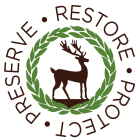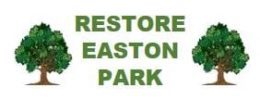A NEW COUNTRY PARK FOR UTTLESFORD
Easton Park Today
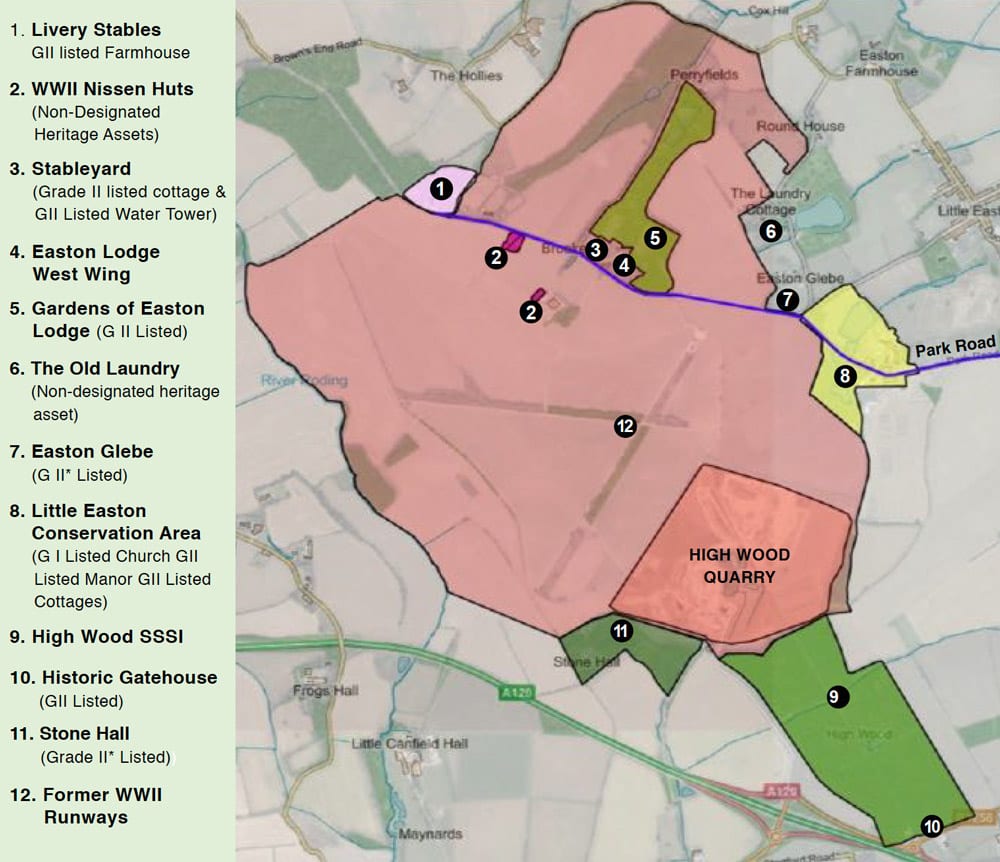
Easton Park Tomorrow
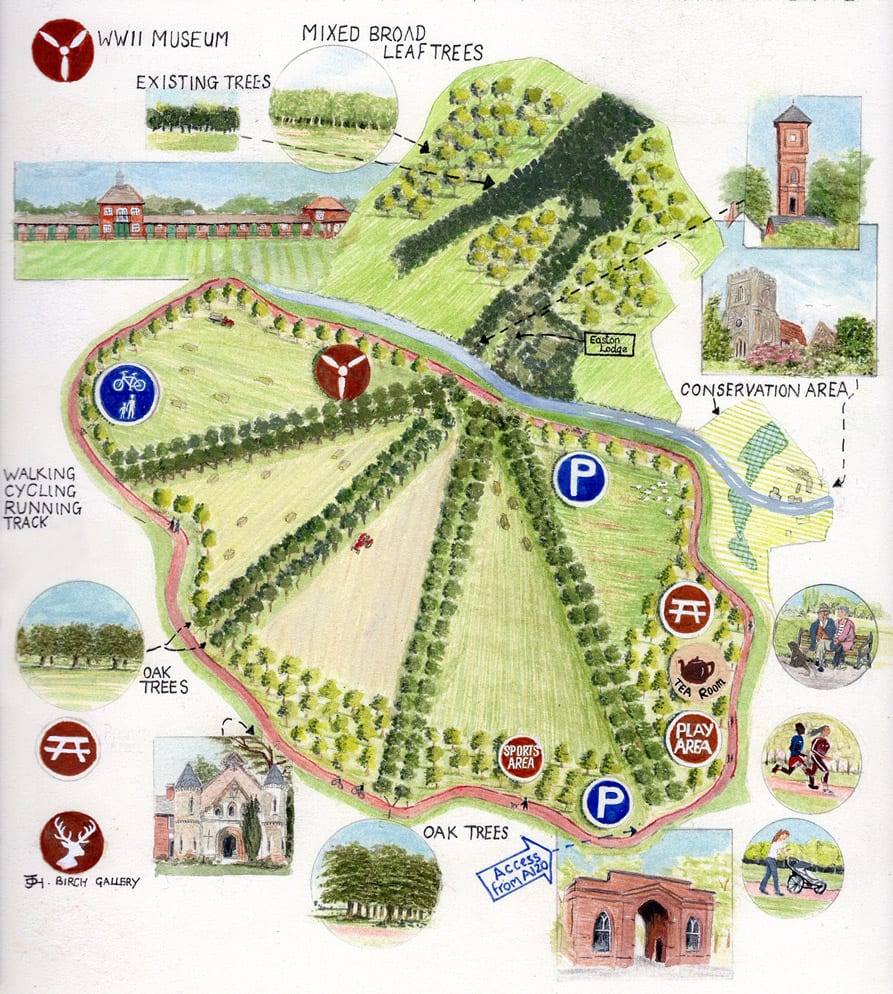
Easton Park was declared a Nature Reserve in 1937 by the Countess of Warwick and by an agreement signed in 1939 development is limited to a maximum of ten dwellings.
This agreement remains in place and gives UDC the power to block any further development proposals.
SEP are campaigning for the restoration of Easton Park under the headline of RESTORE EASTON PARK – 10,000 trees not 10,000 houses. Our campaign will focus on repairing the damage inflicted on the Park in World War II when 10,000 trees were detonated to build an airfield.
Our Campaign Objectives are...

1. Community Health and Wellbeing Benefits
Little attention has been paid to date to the need for more open space to be made available to the public to provide for both physical and mental wellbeing. The District is underprovided in this regard as evidenced by Uttlesford’s Open Space Assessment Report of February 2019.
It is also critical to protect Hatfield Forest which currently is threatened by excess use resulting from extensive housebuilding in the south of the district over recent years.
Easton Park is a unique Uttlesford asset in terms of both environment and heritage. Its preservation and restoration would provide the open space required in the south of the District and be the most effective way to protect Hatfield Forest.
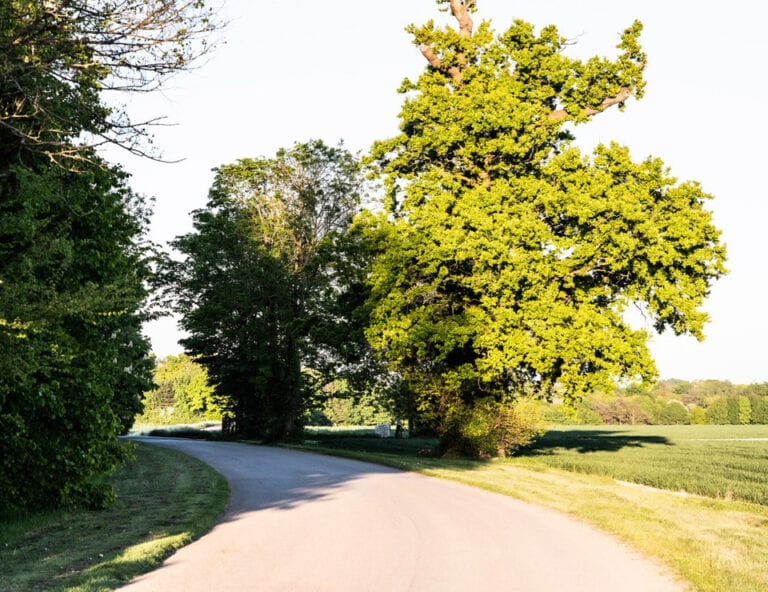
2. Climate Change and Biodiversity benefits
Restoration would provide the opportunity to replace the 10,000 trees destroyed in WWII and create new woodlands that would make a significant contribution to Uttlesford’s ambitious climate targets and the UK Net Zero 2050 emissions target.
The restoration of Easton Park to a country park will protect resident species and their habitats. It will prevent loss and damage to breeding sites and resting places, foraging habitat and will preserve the vital trees, shrubs, hedgerows, and rare flora.
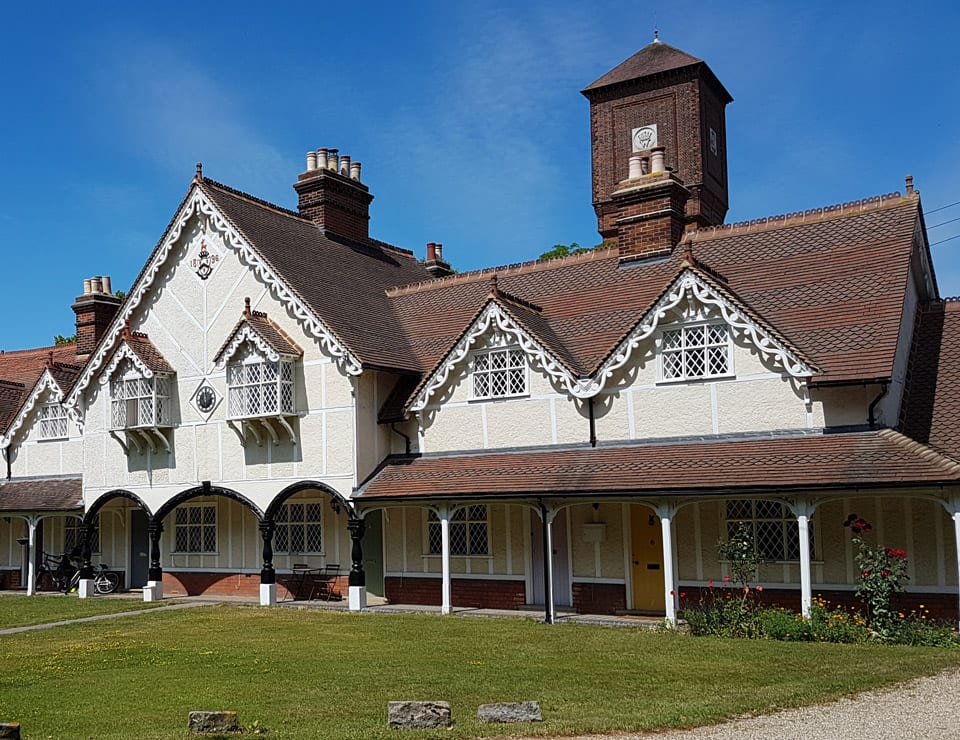
3.Recognizing the History and Heritage of Easton Park
The documented history of Easton Park, one of the great parks of Essex, dates back over 700 years to 1302. The outlines of the park are clearly visible today and the park still contains a wide range of heritage assets including the Grade II listed Gardens of Easton Lodge, 3 Grade II and Grade II* listed buildings, 3 non-designated heritage assets and 11 sites of special archaeological interest. On the boundary lie 11 Grade II* and Grade II listed buildings and a Grade I listed church within the Little Easton Conservation Area which borders the Park.
Historic England’s evidence at the public hearings in 2019 was categorical in advocating that these assets need safeguarding. The restoration of the Park would enable these assets to be protected and prevent any harm to either the assets or their settings.
SEP believes that a restoration of Easton Park could be achieved at modest cost;
Much of this cost could be recouped through grants; and that the restoration would not impact significantly on the financial viability of the restored Park.
The core proposals are relatively modest, and facilities could be built over time, each being separately funded and making use of funding grants for each phase of development.
By virtue of the 1939 Agreement, Uttlesford District Council has both the power and the responsibility to make this happen.
Now is the time to act to rectify the damage inflicted on Easton Park in World War II and create a lasting legacy for both current residents and for the generations to come.
To read the SEP Vision for Easton Park
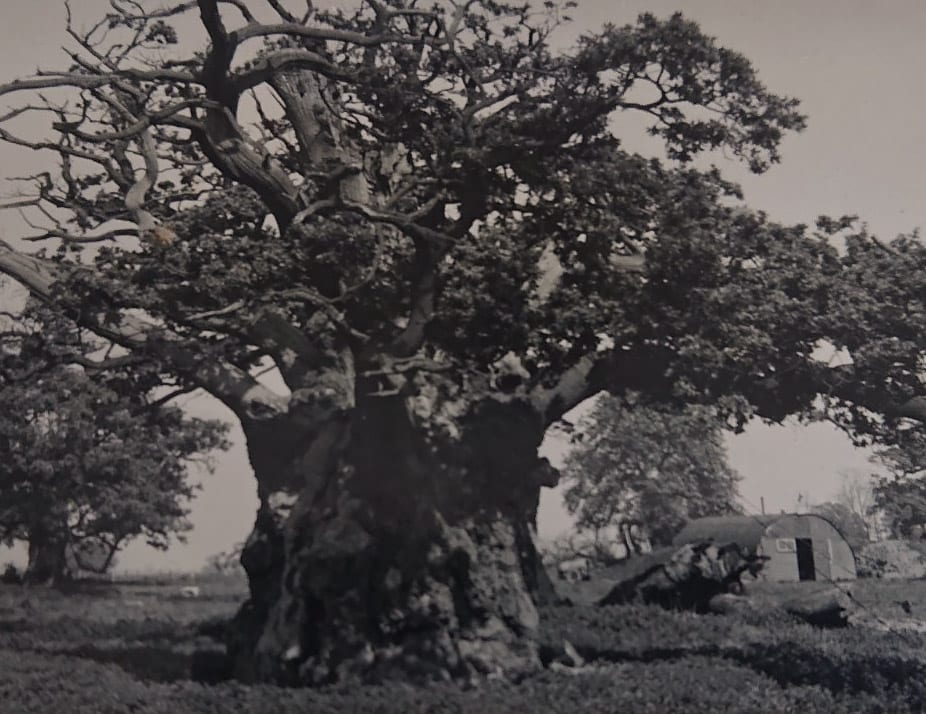
“The destruction of Easton Park to make an airfield, while no doubt important for the war effort, must nevertheless be seen as the saddest loss to the historic environment of Essex during that conflict, indeed probably the worst loss since the grubbing of Hainault Forest in the mid-19th century.”

